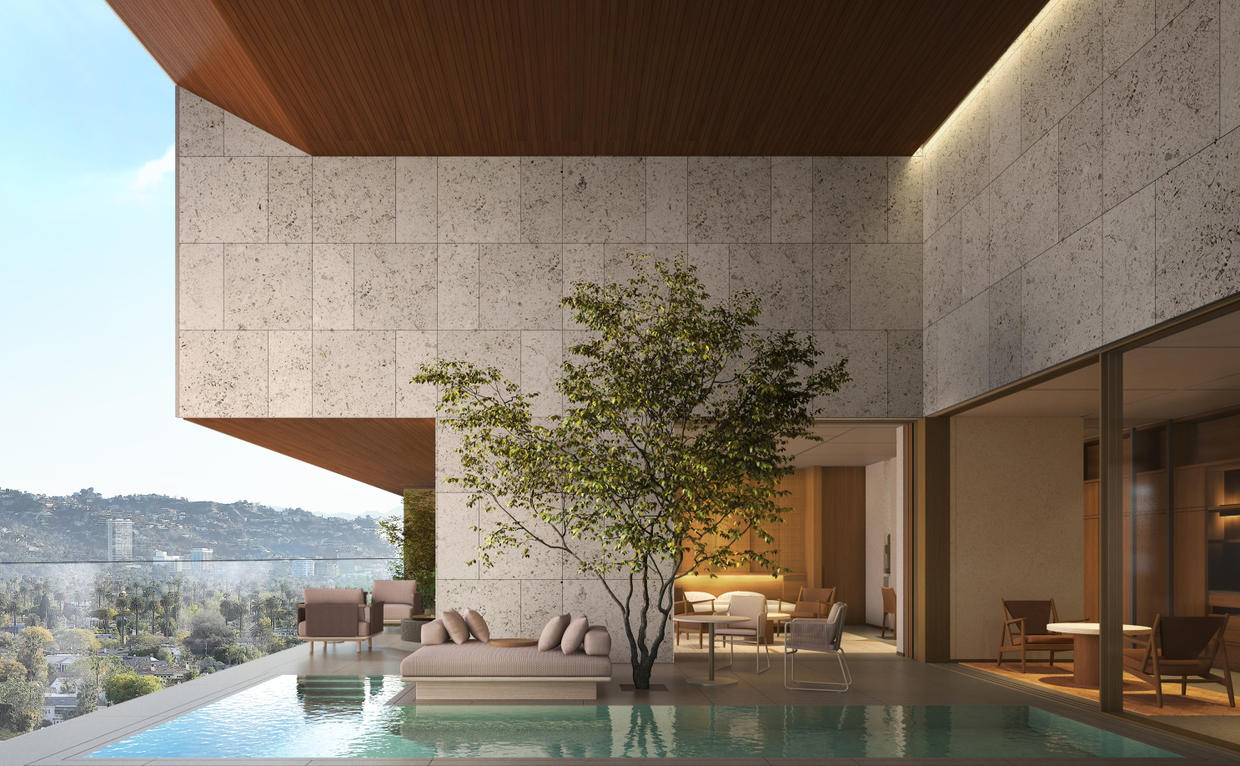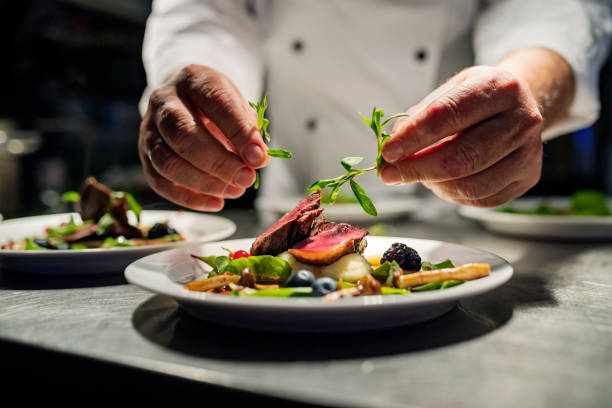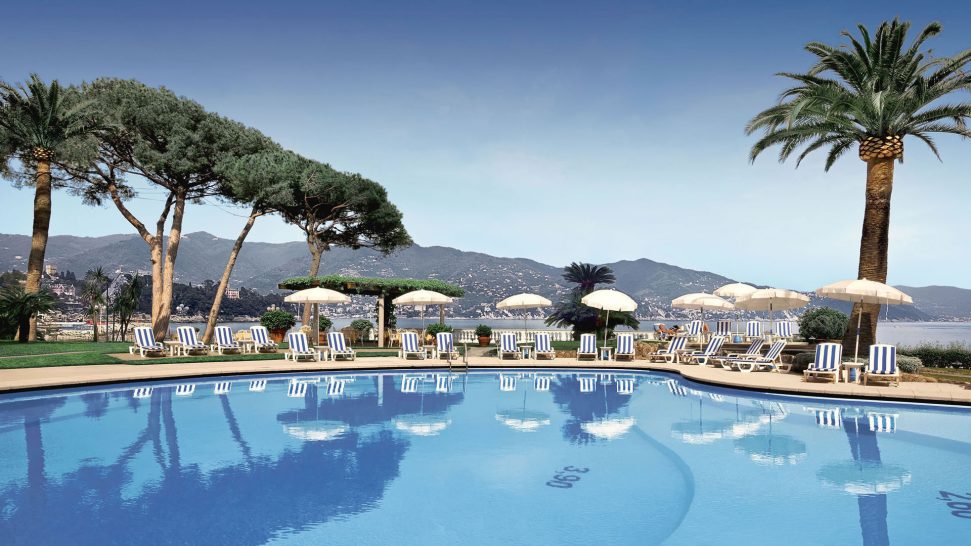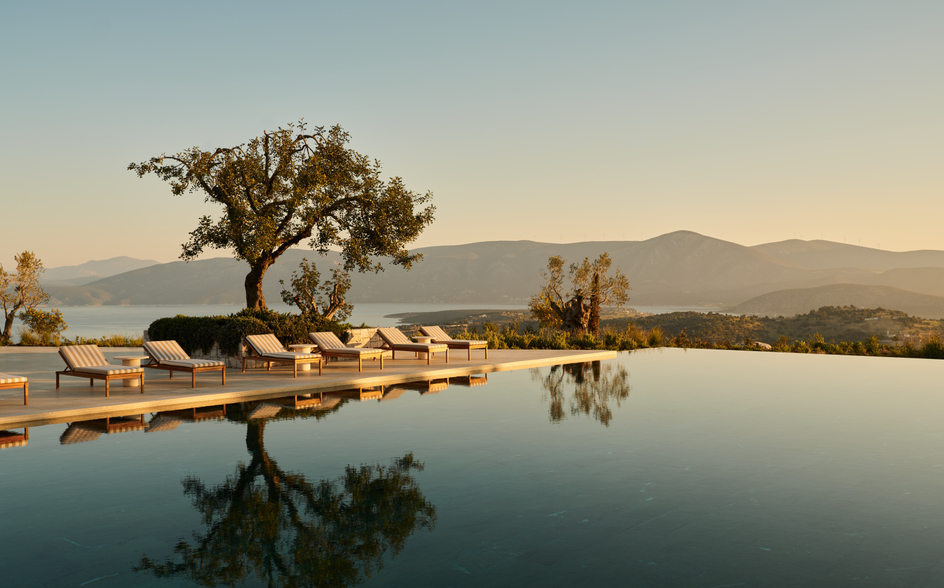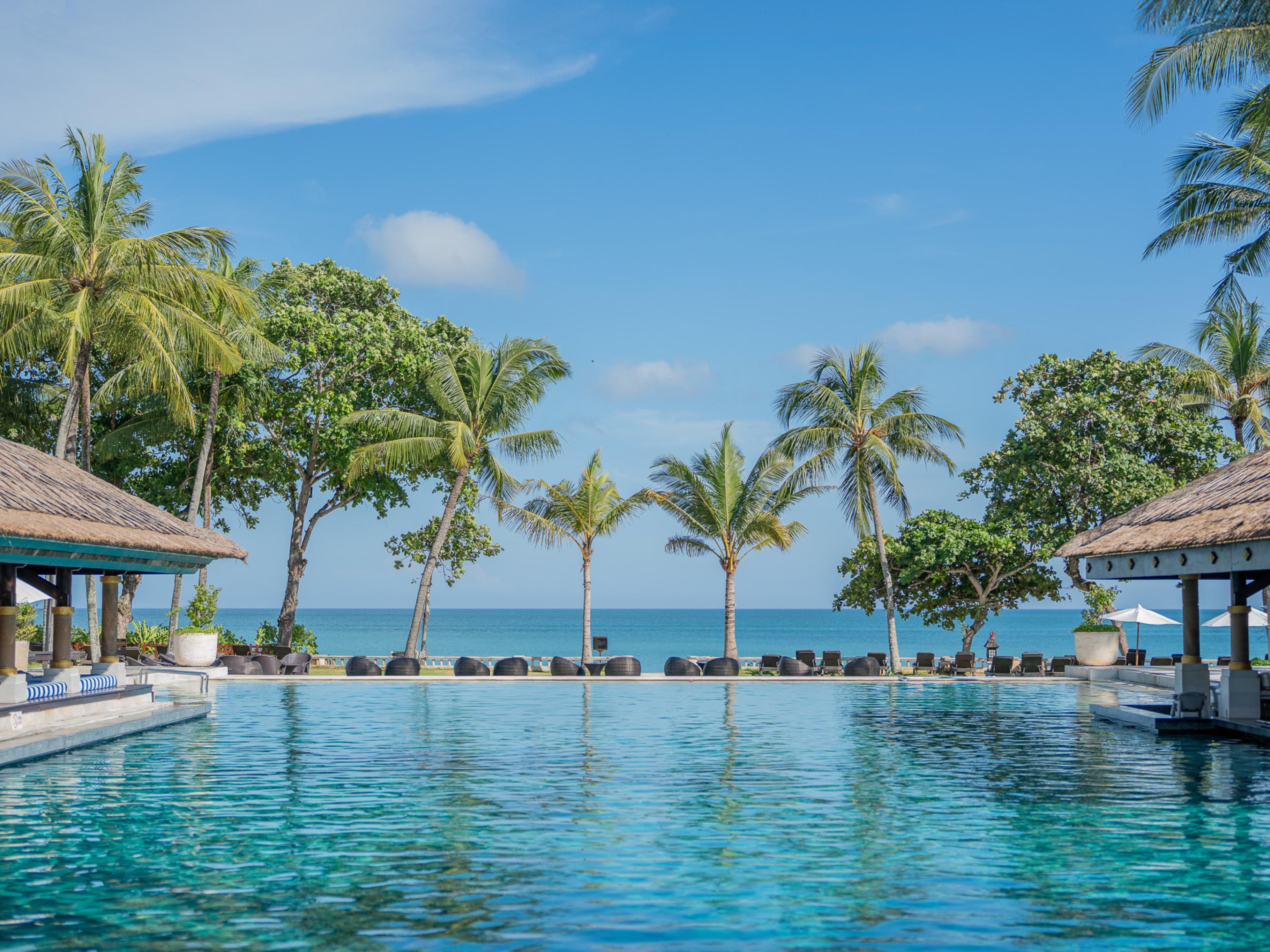Integrating Ancient Therapies Into Contemporary Wellness Destinations
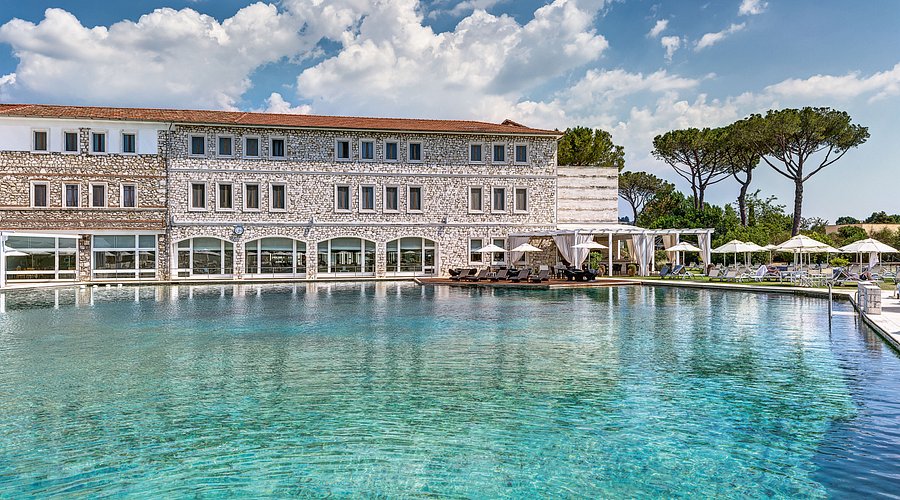
Feature · The World’s 100 Best Spas & Wellness Destinations
Integrating Ancient Therapies Into Contemporary Wellness Destinations
From Ayurvedic oil rituals in Kerala to desert herbal steam baths in Morocco, the world’s most acclaimed spas are turning back the clock—not as nostalgia, but as living knowledge. In 2025, leading wellness destinations are weaving millennia-old practices into contemporary design, science, and guest experience, proving that ancient therapies are not relics, but anchors of credibility and soul.
A. Why Ancient Matters in Modern Wellness
- Authenticity: Guests perceive ancestral therapies as evidence of cultural depth and sincerity.
- Holistic efficacy: Systems like Ayurveda or TCM address body, mind, and energy simultaneously.
- Continuity: Ancient practices connect guests to place, tradition, and timeless human rituals.
- Contrast: In a world of biohacking and gadgets, slow, ancient rituals offer grounding.
B. Traditions Reimagined in Luxury Contexts
Ayurveda (India)
Abhyanga oil massages, Shirodhara forehead pouring, herbal decoctions integrated with sleep science programs.
Traditional Chinese Medicine
Acupuncture and cupping offered alongside nutrition labs and circadian lighting therapies.
Hammam (Middle East & North Africa)
Marble steam rooms reinvented with aromatherapy, LED chroma, and mineral scrubs rooted in heritage.
Japanese Onsen
Geothermal bathing integrated into minimalist resorts with mindful silence and wellness menus.
Shamanic Healing (Latin America)
Cacao ceremonies, sound journeys, and indigenous plant rituals reframed with ethical guidelines.
Nordic Sauna Culture
Hot-cold cycles with lake plunges, now measured with HRV and stress biomarkers for proof of benefit.
C. Integration Models in Resorts & Spas
- Parallel Tracks: Ancient rituals offered alongside modern options (hammam + cryotherapy).
- Fusion Therapies: Ayurvedic massage with aromatherapy and neuromuscular assessment.
- Evidence-Backed Rituals: HRV and cortisol testing pre- and post-treatment.
- Spatial Integration: Architecture reflecting ritual (temple-inspired yoga halls, water gardens).
“Science validates what tradition has known for centuries: the body remembers ritual.”
D. Case Snapshots Across the Globe
Kerala, India
Luxury Ayurveda retreats offering Panchakarma detox alongside biometric testing and digital detox packages.
Marrakech, Morocco
Palatial hammams with black soap scrubs integrated into five-star spa menus, balancing opulence and heritage.
Kyushu, Japan
Onsen towns reframed as wellness sanctuaries, pairing geothermal therapy with forest bathing rituals.
Patagonia, Chile
Shamanic ceremonies conducted with indigenous leaders, paired with mountain spa rituals and mindfulness programs.
E. Tangible & Intangible Impacts
F. Challenges
- Risk of appropriation without respect for origin.
- Over-commercialization diluting authenticity.
- Lack of clinical validation for some practices.
Safeguards
- Partner directly with lineage holders and practitioners.
- Offer cultural context before and after therapies.
- Support research initiatives on efficacy and safety.
The integration of ancient therapies into modern spas is not decorative—it is structural. By honoring ritual, measuring outcome, and preserving cultural integrity, contemporary wellness destinations deliver experiences that feel at once timeless and timely. Here, the guest is not escaping into luxury; they are re-entering an unbroken human tradition.


